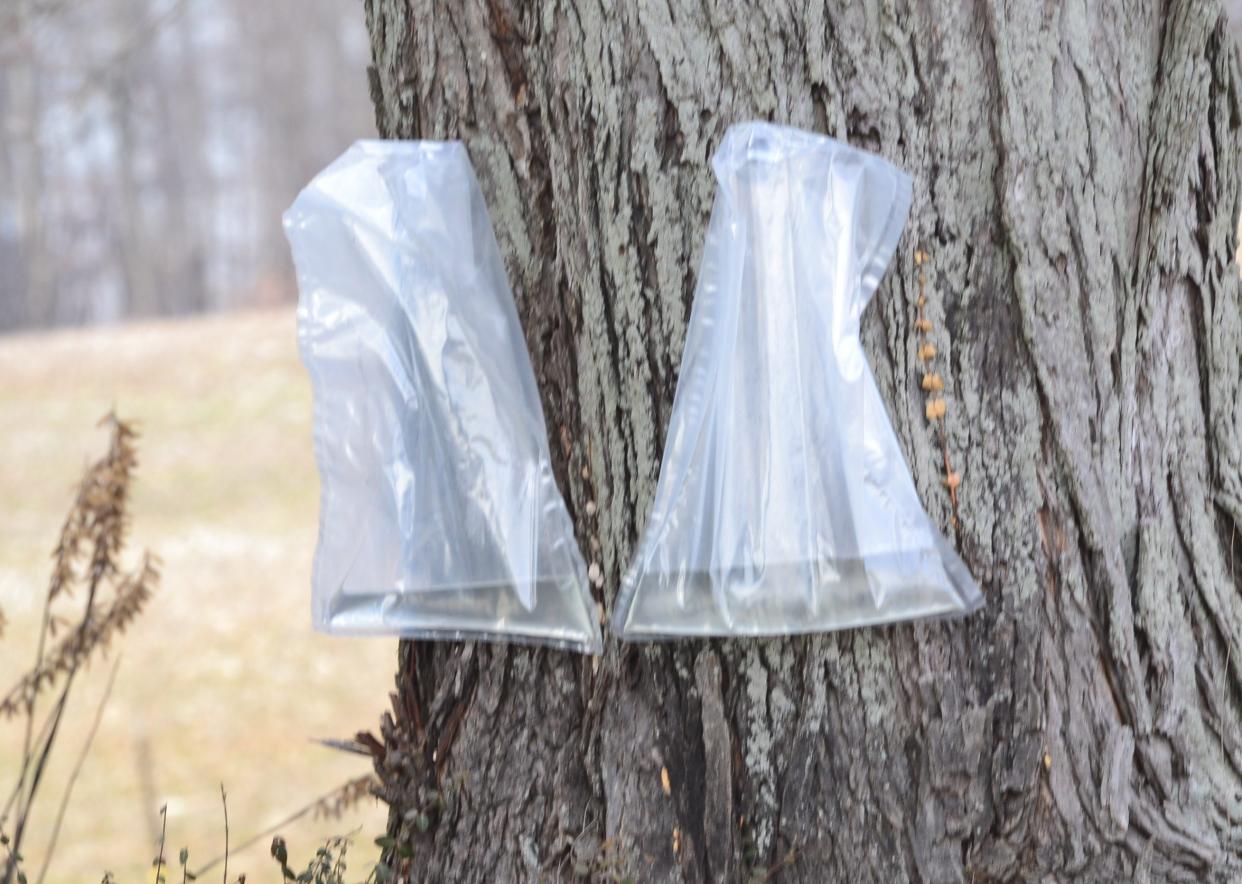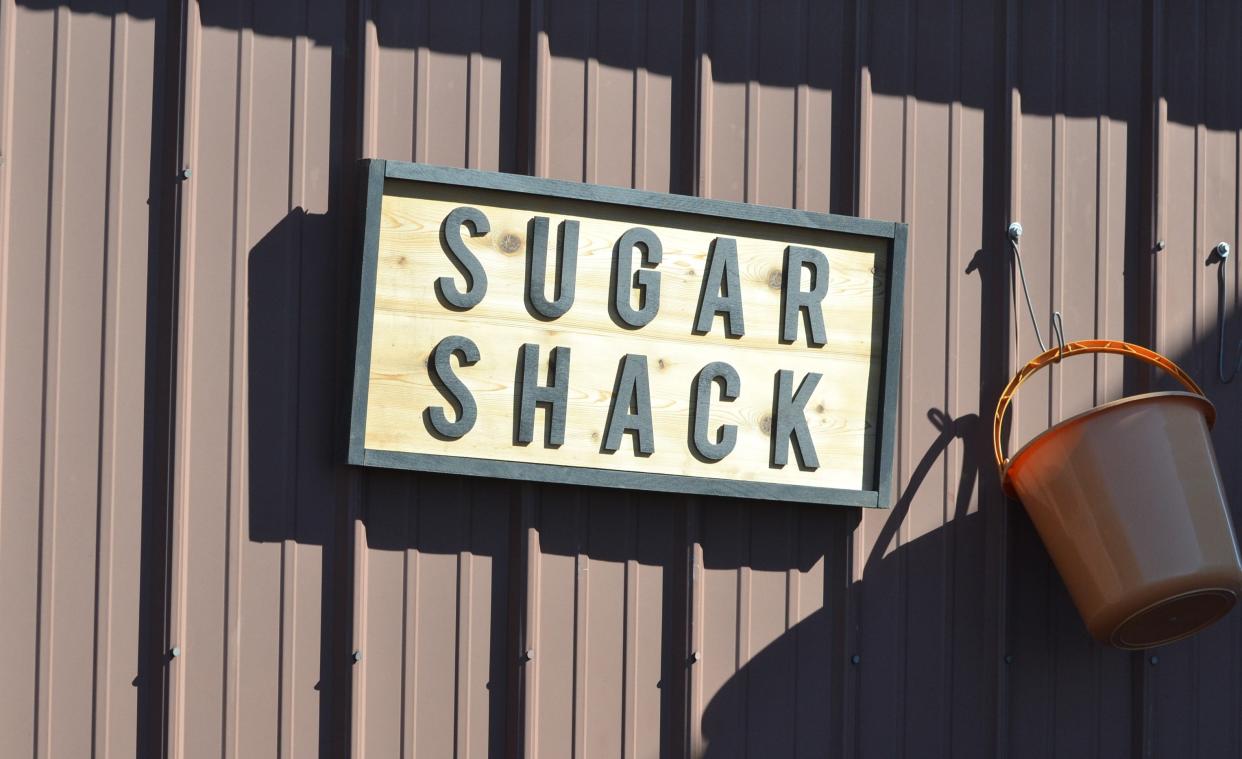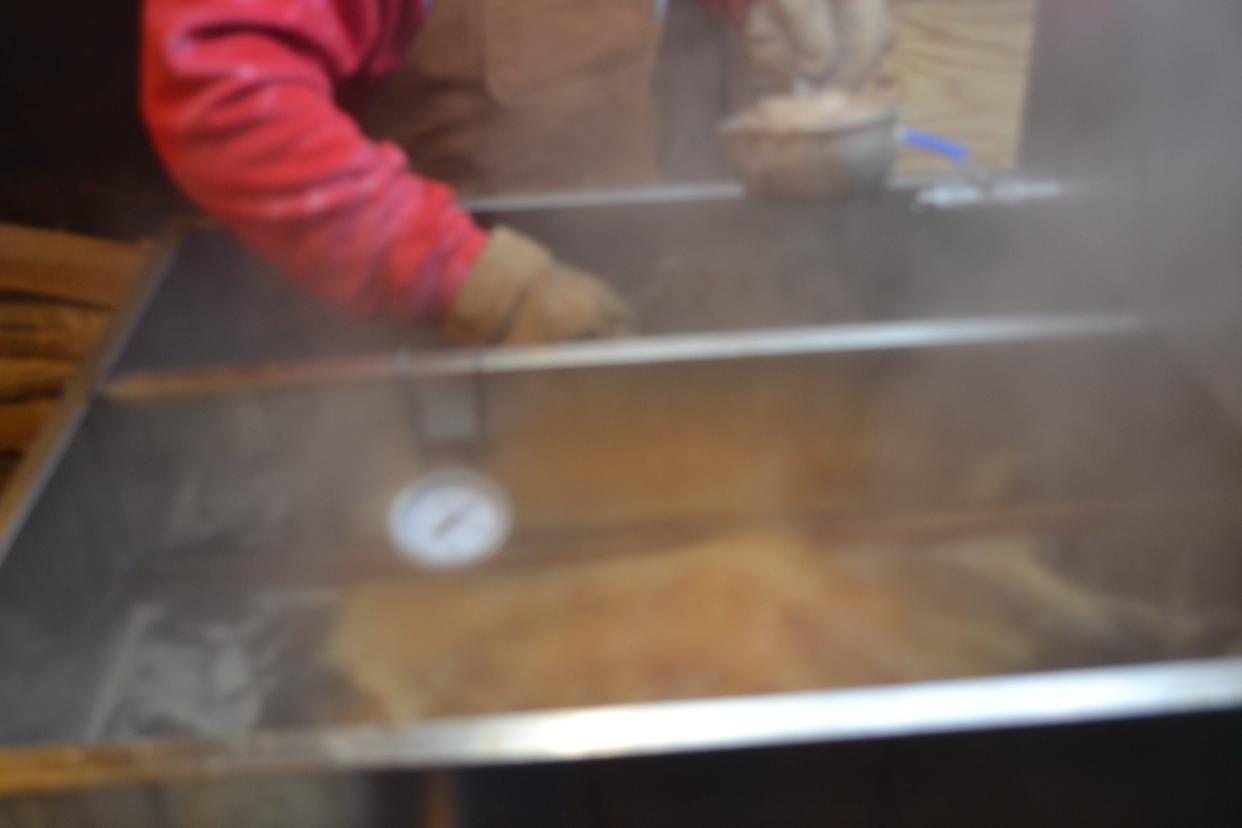A Stroll Through the Garden: Male sugar, a sweet treat from a tree
As the temperature begins to get warmer during the day and cooler at night, we are close to calling the maple sugar season done. While at the pool last week I had an unusual question about maple syrup. My friend asked whether I believed there was a significant difference between the syrup you would get in the stores and what you could find at a sugar shack from a person who might hand you a quart jar just filled from processing in a stainless-steel pan? I can say without a question that all of the home-produced maple syrup tastes better than most syrup that you would get in the grocery stores.

When I would visit my grandma in Amherstburg, Ontario, I remember getting up and she would be making coffee and mixing some pancake batter. Grandma loved spoiling us and she would come up with all kinds of special ideas for pancakes. We always started out with two or three large pancakes with butter and maple syrup that we would pour. The smell of the maple syrup and talking with Grandma still brings a smile to my face.
It's all about the sap

Do you know that maple syrup comes from the sap that you would find inside a maple tree? In colder climates, such as this part of Ohio, sap is formed from the starch that is stored in the trunks and roots of maple trees before winter. In late winter and early spring, this starch that has been converted into sugar rises in the sap just below the bark of the tree.
Maple trees are tapped by drilling holes into their trunks through the bark and inserting a special little fitting that helps collect the sap flowing through the tree. This sap then flows through this special fitting and hopefully into a container where the sap is gathered.
I have a friend from church who has a level of expertise that stretches back six generations. When his family set up their farm in 1815, they started tapping into maple sugar trees. He even showed me a family heirloom, which was a tank where his family would have boiled the sap. That is about as far as the old technology ended.
When I stepped into the sugar shack, I knew there was a lot of technology involved with the maple syrup production that my friend was making for his family and friends. This idea of producing sugar for your family in such a way gives you a certain sense of independence.
Making the final product
My friend has 124 trees on his circuit and goes to each tree to gather the sap. The sap he gathers is at 174 parts per million dissolved solids. Temperature and weather and health of the tree will have an effect on sap production. A machine called a reverse osmosis system increases the speed of getting the solids from the liquid.
Technology can be very helpful if it works. What my friend has discovered is this system has cut the process time in half and increased the dissolved solids to 310 ppm. He gave a special term to this bucket: condensate. This condensate then was poured into a pre-heating tank that flowed into a larger tank from a nozzle near the bottom of the tank.

The oven looked like large oil tank that we might have used many years ago to heat our homes. This modified oil tank was lined with fire brick on the inside and one of those reflective fire blankets on the outside. The oven was loaded with wood cut to a size the system was designed to work with. Heat stayed inside this oven.
I found that the readings that he had said a lot. In the middle of the burn, the air coming from a small fan at the bottom of the oven was 244 degrees where all the insulation was located. A little further up on the oven he read 330 degrees where there was no insulation. His exhaust stack was 725 degrees.
Tests were made all along the way with a hygrometer to make sure the dissolved solids were what he would want for his syrup. The syrup started to warm up, a froth would develop on the top of the syrup and my friend would have to remove the froth regularly.
Then the final boil started, and a final reading was taken and measured within the parameters he has been using for years. What was interesting is that the syrup pan needed to be moved to a position where he could drain it from the pan. This could have been dangerous, but I knew my friend had done this many times.

My hope is we could begin thinking of ways we might have provided for friends and families in this kind of column. If you have challenges in your gardens, let me know at ericlarson546@yahoo.com. Thank you for your participation in our column. You can find my column soon at my website ohiohealthyfoodcooperative.org soon.
Eric Larson of Jeromesville is a veteran landscaper and gardening enthusiast and a founding board member of the Ohio Chapter of Association of Professional Landscape Designers.
This article originally appeared on Mansfield News Journal: Making maple syrup in Ohio






